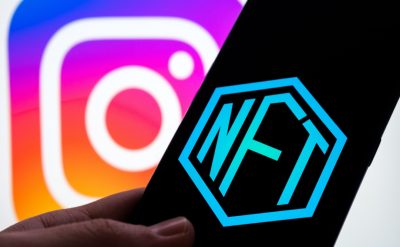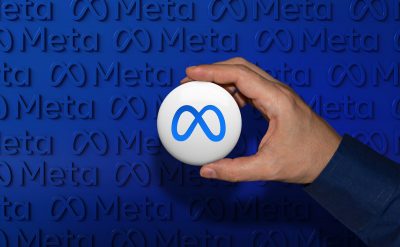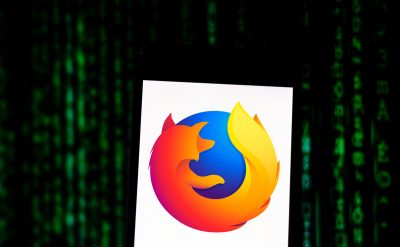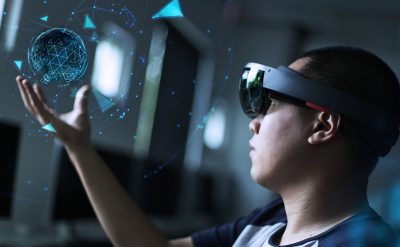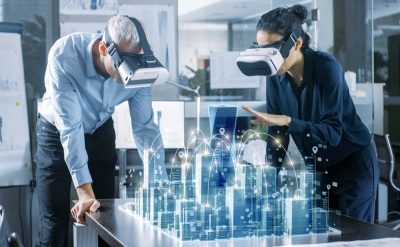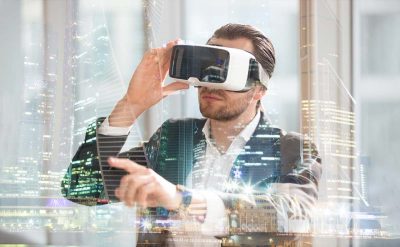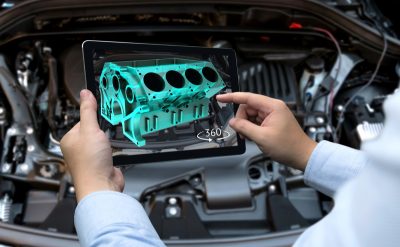Highlights
- Using AR, developers can build rich representations of virtual characters and things that appear to interact with the actual environment.
- Using Lightship, developers may add VPS-enabled sites to Niantic’s AR map or use more than 100,000 VPS-enabled locations at launch to create location-based AR experiences for their web-based applications.
Niantic Inc, the developer of the famous Augmented Reality (AR) game “Pokémon Go,” announced the launch of its Lightship AR mapping system for web browsers. This development is in line with Niantic’s ongoing effort to extend the metaverse into the real world and not just the virtual world.
This web-based AR is enabled by WebAR, a technology powered by the 8th Wall that Niantic purchased in March. Companies and developers can use the 8th Wall platform to provide AR experiences within mobile browsers without requiring specialized apps.
The system, referred to as Lightship Visual Positioning System for Web, uses sophisticated mapping and scanned visual data to position virtual items in the natural environment for AR content.
Augmented reality operates by superimposing virtual items, commonly referred to as holograms, on top of what users view through their mobile phones or smart glasses. Using Lightship VPS, holograms may be positioned over sculptures or businesses anywhere with centimeter accuracy in a city, enabling novel experiences.
Using AR, developers can build rich representations of virtual characters and things that appear to interact with the actual environment. For instance, an experience can have the logo on a cereal box come to life, leap off the box, and dance on the table with a complete understanding of the table’s surface, avoiding the bowl of cereal between it and the spectator. Walking outside, viewers can use their mobile phones for witnessing virtual blimps rise through the skies and pass behind buildings or cartoon figures performing jumping jacks in the park.
Before the release of Lightship VPS for the Web, developers had to write code for particular AR applications to launch their experiences. Since they do not require applications, they may launch immediately within web pages, making them accessible to a broader audience.
John Hanke, chief executive of Niantic, said, “At Niantic, we believe that the real-world metaverse should get people exploring and connecting in the world around them. Bringing Lightship VPS to the web is a critical step forward for AR, enabling developers to realistically fuse digital content to the real world with precision and persistence.”
Using Lightship, developers may add VPS-enabled sites to Niantic’s AR map or take advantage of more than 100,000 VPS-enabled locations at launch for their web-based applications to create location-based AR experiences.
These areas include not just streets and public monuments but also parks, trails, and small businesses accessible by the public. This collection of places was created by Niantic, utilizing scans of real-world sites from game developers, surveyors, and players. Its users have given millions of locations, images, and scans to boost its network with vital data to make all AR experiences more potent and vibrant.
Niantic collaborated with international design companies to demonstrate the technology to create visual displays connected to landmarks. Atomic Digital Design mounted a hologram using Lightship VPS onto the renowned Obelisk of Luxor in Paris, France. Viewers may use their smartphones or other mobile devices to observe an AR show activated around the obelisk, with moving hieroglyphs and rings.
Tom Emrich, director of product management of 8th Wall at Niantic, said, “Today marks a major milestone for the web and augmented reality. Lightship VPS unlocks extraordinary value for developers by offering them a new tool to create WebAR experiences that recognize where their users are in the world and give them access to relevant information to better integrate the virtual content with the place it is being experienced.”
Developers can begin using Lightship VPS for Web immediately by going into their 8th Wall Workspace or registering for a free 14-day trial.





